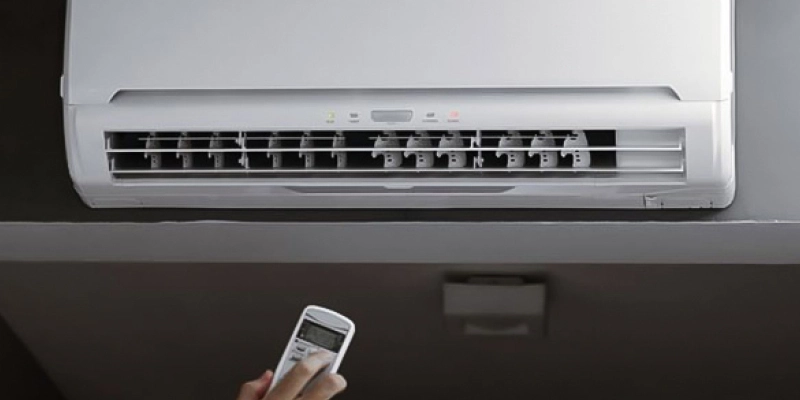Ductless Air Conditioning and How It Works
What Is Ductless Air Conditioning?

Growing in popularity as homeowner’s nationwide seek greener home comfort alternatives and leaner energy bills, the installation of ductless air conditioning systems is becoming more commonplace. Is your ignorance of these unique and uber-efficient systems causing you to miss out? The experts at Aire Serv want to shed some light on this energy efficient cooling option…
What Is Ductless Air Conditioning?
In use in Japan, parts of Asia, and Europe for over 50 years, ductless air conditioning systems are a relative newcomer to the American market. Rising energy costs and environmental concerns in recent years have brought them center stage in the U.S., however, as homeowners have come to unveil the many benefits of these small yet mighty systems. Unlike the typical ‘split’ central air conditioning system, comprised of an outdoor compressor/condenser unit and indoor evaporator/air handling unit for distributing cooled air through ductwork in your home’s attic or crawlspace, ductless or ‘mini-split’ systems are different. Ductless systems are installed directly into the wall of your home, the noisy, compressor/condenser parts of the system located in a unit on the outside wall (or up to 50-feet away), connected to indoor system components installed on floors, walls or ceilings via small tubing. It is from these interior wall-mounted units that cooled air is directly distributed.
How Do Ductless AC Units Work?
Ductless systems operate via a control panel located on the interior wall-mounted unit. Some have remote controls. The interior components of these smaller systems work similarly to those in ducted, heat-pump-style, split HVAC systems (hence the name ‘mini-split’) – but they need no bulky ductwork, relying instead on interior wall-mounted units to distribute air. Up to 8 indoor room units can work with a single exterior compressor/condenser unit. These units connect to interior wall-mounted units via refrigerant lines, which require only a few small, 3-inch holes for the delivery of cooled air. Fans in the interior unit distribute air, taking in warm air through the top, and emitting cooled air out of vents in the bottom.
What Makes This Setup So Superior?
- No heat loss. Moving conditioned air through ductwork is notoriously inefficient, with heat loss and leakage of as high as 25% in split systems. Cooled air is easily lost to unconditioned attic/crawlspaces and through leaky ducts, putting stress on your electrical system and HVAC components that must compensate for the loss. With no distribution components, ductless systems do not have this problem.
- Better comfort control. With multiple indoor units, a zoned cooling approach is possible with ductless systems, allowing for energy savings and improved comfort through micro-managing each part of your home for use/family member preference. (Unlike central systems, which measure temperature conditions according to the readings of a single, isolated thermostat.)
- Higher efficiency. Ductless systems are extremely high SEER, with some systems boasting ratings pushing 30 SEER (compared to the typical split system’s 14 SEER rating). Though ductless systems cost a bit more on install, those cost are more than recouped over the life of these extremely efficient cooling systems.
- Quieter operation. Unlike the noisy drone of a split system’s interior blower and exterior fan/compressor, interior wall-mounted ductless components are quieter than a whisper, and outdoor components as quiet as a refrigerator. Flexibility. Ductless systems are a great option for older homes that don’t have the space to accommodate ductwork – no boxy bulkheads, no lost closet space.
Ready to drop your ducts? Contact the licensed, professional experts at Aire Serv® to learn more about ductless mini splits today.
 Click to call
Click to call


